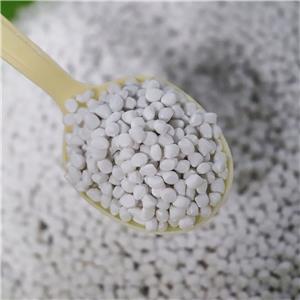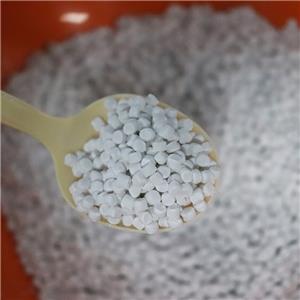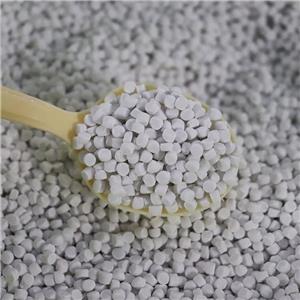Eight application properties of modified talcum powder
1、Modulus
The main purpose of adding talc into plastics is to improve the rigidity (E-modulus), and the rigidity is directly proportional to the filler amount, diameter-to-thickness ratio and fineness of the talc.
2、Thermal conductivity
Because talc has a significantly higher thermal conductivity (compared to polymers), the heat introduced and generated during processing is transferred faster through the mixture. Heat is also transported more quickly during cooling.
Adding talc to polymers therefore increases the thermal conductivity and thus the productivity, and empirically, the thermal conductivity of filled polymerization depends on the filler content within a reasonable range.
3、Nucleation
The addition of trace amounts of fine talc enhances the crystallinity of polypropylene, which is similar to the role of nucleating agents. Compared to unfilled PP, when talc is included, crystallization starts at a higher temperature and impact strength is improved. This is mainly due to the improved crystallization of PP rather than the effect of the talc's own mechanical properties, and the change in crystallinity also causes a change in the modulus of the polymer.
4, impact strength
Mineral filling usually can not improve the impact strength, but there are exceptions, such as the use of fine-grained talc in PP composites applied to automobile bumpers, this application will generally add 5% to 10% of the fine-grained talc. It should be noted that impact strength decreases at higher percentages of talc filler.
5, deformation temperature
In many applications, such as plastic parts for automobiles or packaging, rigidity needs to be maintained at higher temperatures. Heat deflection temperature (HDT) can be used to demonstrate how minerals affect the rigidity of plastics at high temperatures.
Higher diameter-to-thickness ratio flake talc increases the deflection temperature of polyolefins more than lower diameter-to-thickness ratio talc.
6, creep resistance
Compared to unfilled polymers, filled polymers have significantly less creep. In our creep tests, filled with fine talcum powder test results are the best, a variety of fillers and filler combinations on creep as follows:
Talc with high diameter-to-thickness ratio > Talc with medium diameter-to-thickness ratio > Mixture of talc and calcium carbonate > Calcium carbonate > Unfilled polypropylene
The information obtained from the testing of PP allows for the prediction of the performance of PP over a longer period of time at a constant temperature. The creep modulus is used in the equation instead of the traditional short-term modulus. The creep modulus is important for the expected service life under load and can be calculated from creep tests.
7、Barrier properties
The control of water vapor and oxygen permeation in food packaging is critical, they directly affect the shelf life of food, talc provides an opportunity to reduce the rate of water vapor and oxygen permeation. Most of the flake talc particles are oriented in the film and will limit the penetration of water vapor and oxygen through the package.
8, chemical resistance
Talc is water resistant and chemically inert, which is very important for direct contact between mineral filled packaging materials and food products. Migration experiments were conducted using different simulants (distilled water, 2% acetic acid, 10% ethanol and refined olive oil), and even with 3% acetic acid, the overall migration requirements were met (samples <10mg/dm2).




